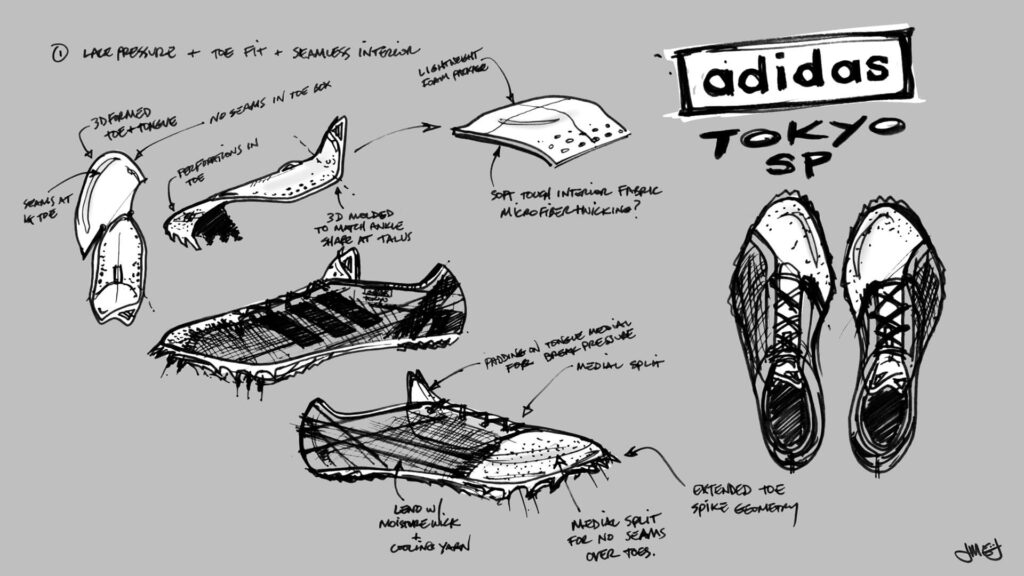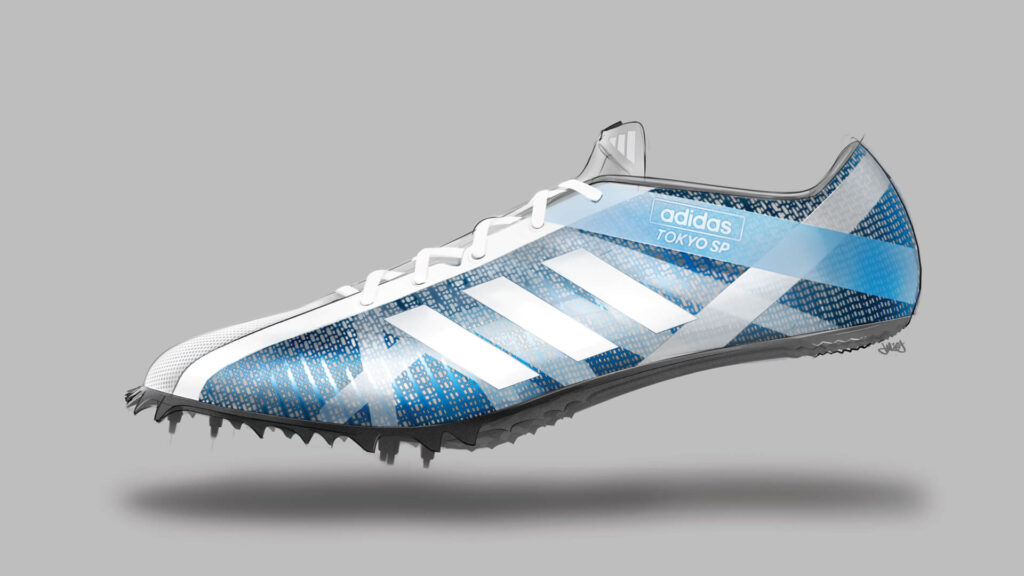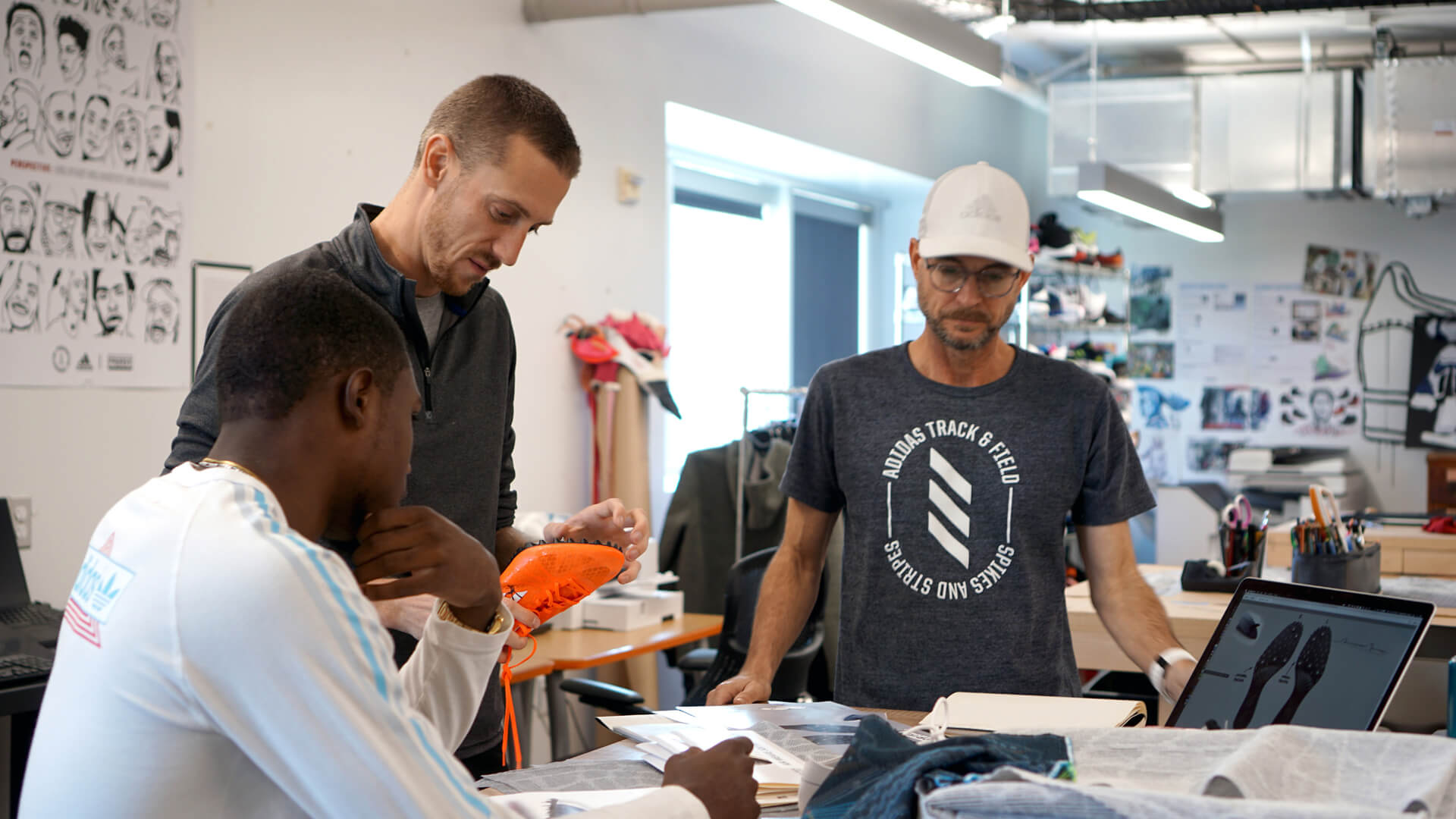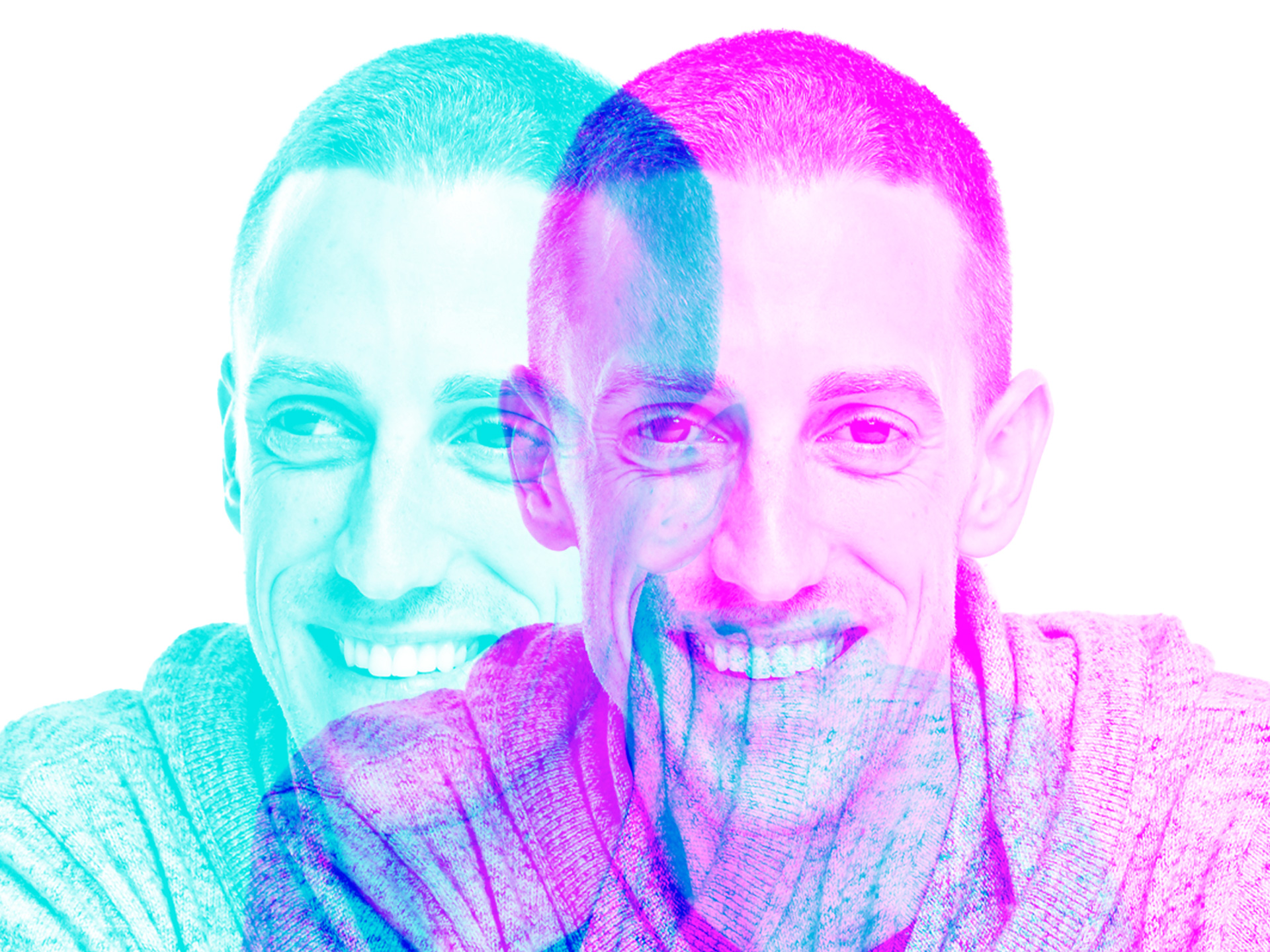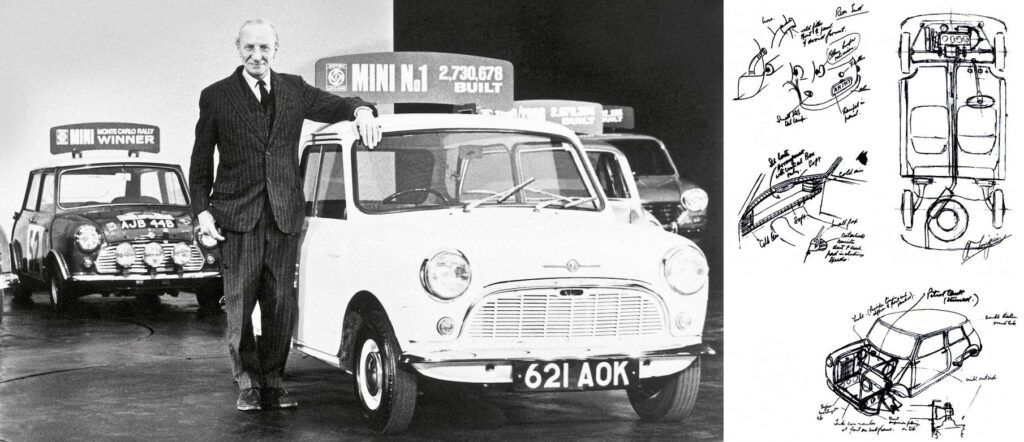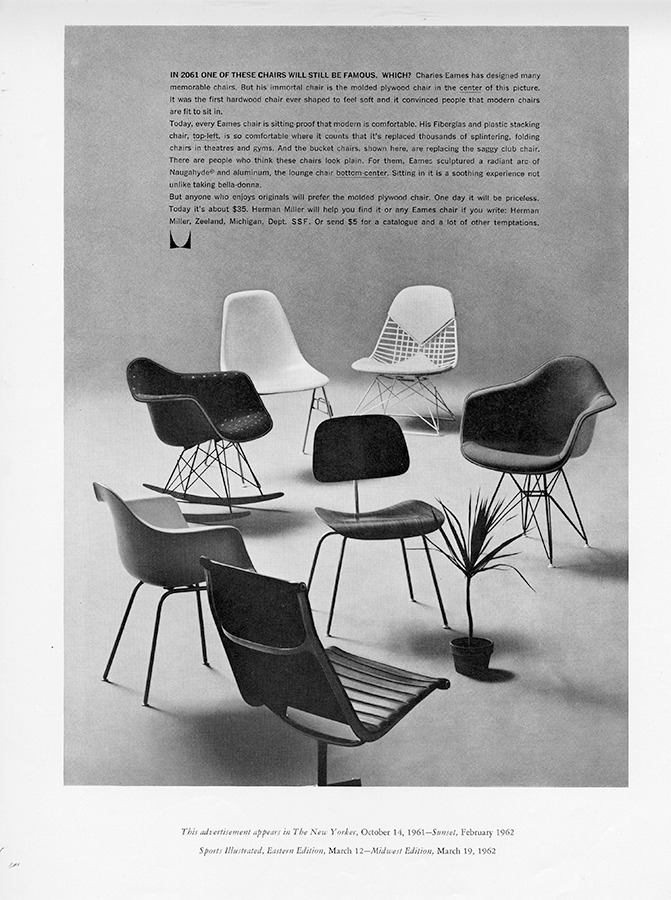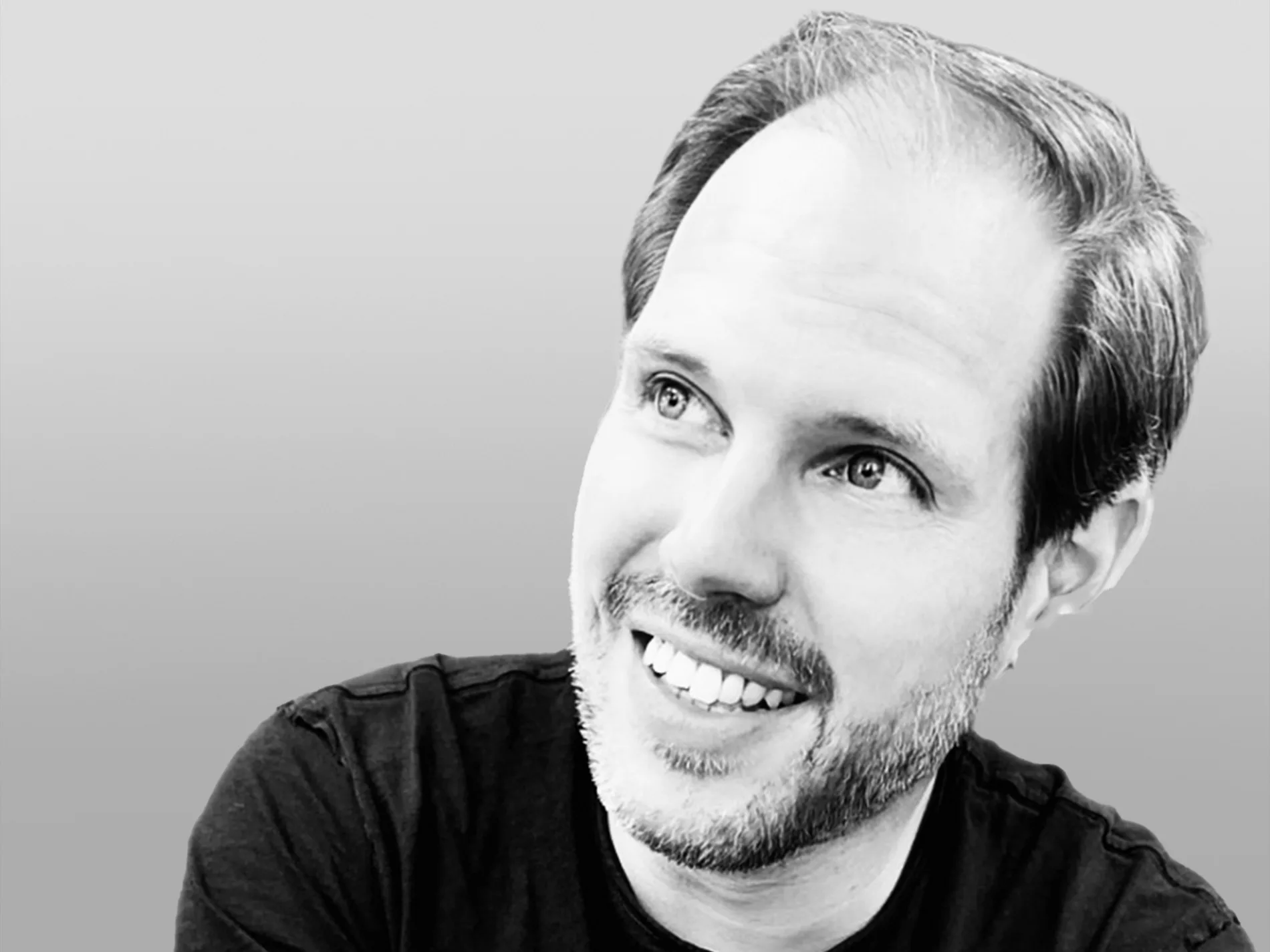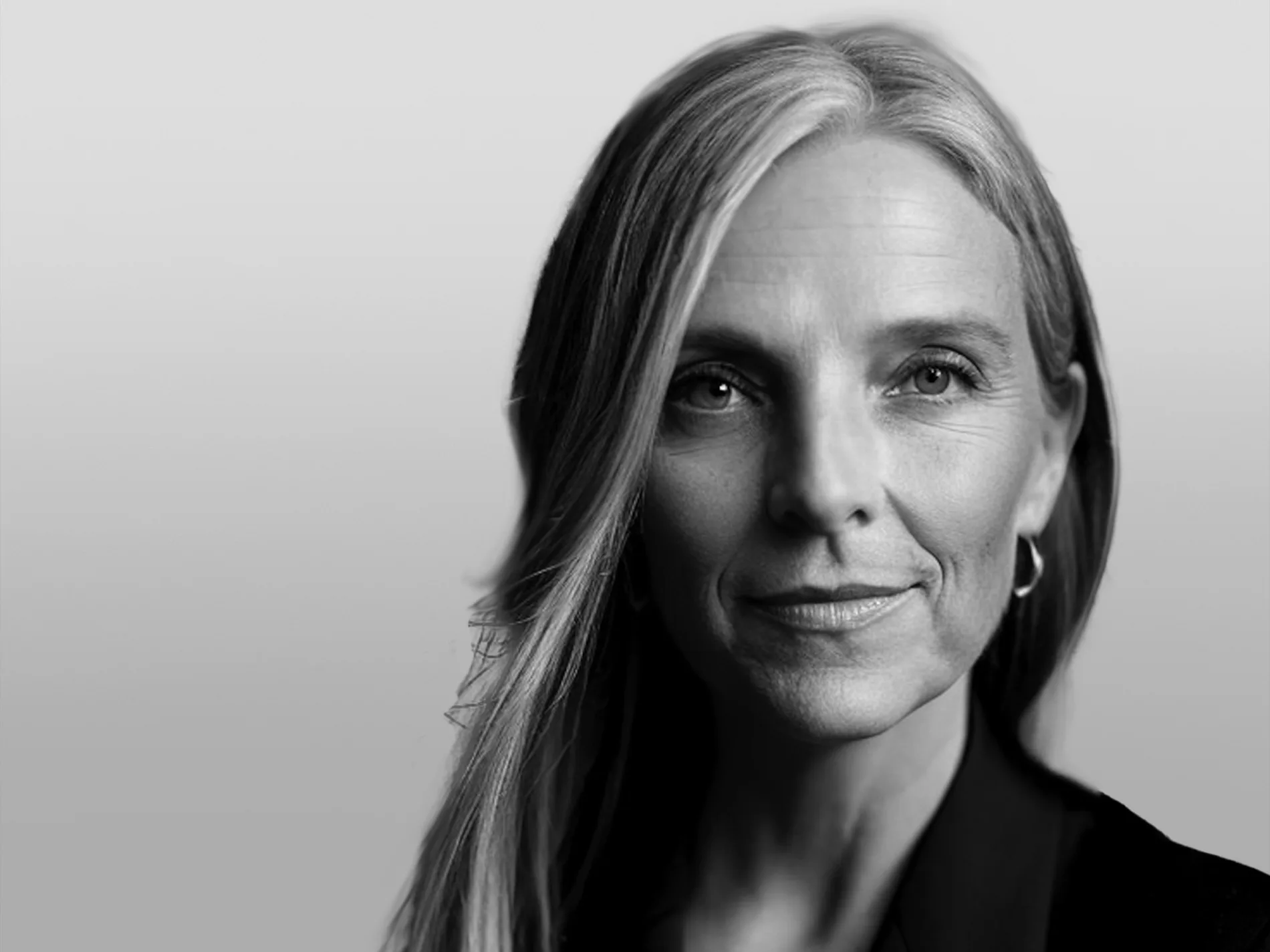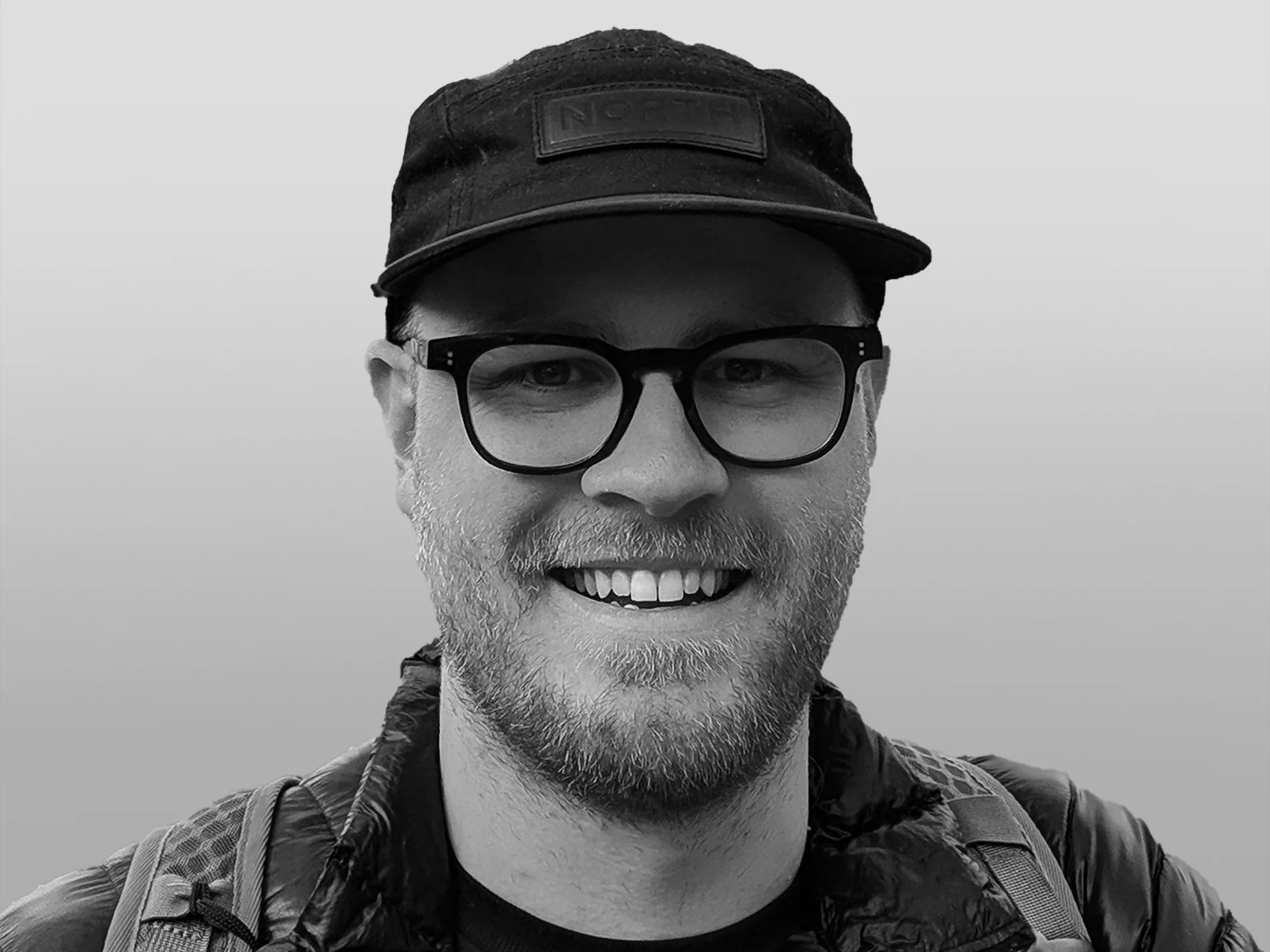“At Play&Co, we believe design is as much a journey as it is a destination. As part of Play&Co(nversations), we will be interviewing inspiring creatives from all walks of life.”
“Introducing Jason McGinnity, Play&Co’s stellar Senior Designer! I first met Jason back when he was interning at Teague Design’s Aviation Studio at Boeing in Everett, Washington. I had the honor of working very closely with him and came to know him not only as an emerging superstar creative, but also a great friend. Since then, Brendan and I have had a first-row seat into Jason’s ever-evolving and dynamic design career. Hope you enjoy the read.” - Karen Hutchieson
Jason - what's your origin story? Did you always know you would one day become an industrial designer?
Jason: I’ve been drawing since I was a kid. I think I started drawing before I could walk. Architecture always seemed like the default creative career back then, but I caught the car bug in high school. I had an art teacher in Freshman year of high school that looked over my shoulder one day, saw me sketching a car interior on a spanish worksheet (that I definitely never turned in) and he said “Did you know you can do that for a living?”
I probably put in my 10,000 hours before junior year trying to master sketching the proportions of all the classics - e30 M3, BMW 2002tii, 911s, Volvo 122s and P1800, Datsun 240z and the 510. But the original Mini is what really stuck. I learned all about Sir Alec Issigonis and how the Mini was first conceived on a napkin, how the design was driven by clear requirements that led to innovative solutions that changed the entire automotive industry.
The idea of a design being timeless and manufactured basically in its original form for decades has always fascinated me. I started reading about Charles and Ray Eames in high school too, which explains why I’ve been lugging around fiberglass shell chairs for the last 10 years.
How did you end up at ArtCenter College of Design in Pasadena, California?
Jason: I knew I wanted to be a car designer when I was 14, but my journey there was not linear. I had incredibly supportive art teachers in high school. They challenged me to experiment with different mediums, so I tried everything I could get my hands on - screenprinting, airbrushing, acrylic painting, AD markers. I built a portfolio and applied to CCS in Detrioit and got accepted with a scholarship, but decided not to move across the country. Instead I opted to study product design closer to home.
In 2009 I met Travis Lonigan, an ArtCenter graduate who had designed cars for Mercedes-Benz in Germany, Volkswagen DCC, and BMW Designworks. He taught me some invaluable lessons about sketching, design, proportion, and line tension - stuff that’s still part of my filter every time I put pen to paper. Travis gave me the confidence to chase my dream. I started Transportation Design bootcamp at ArtCenter in 2011.

Who were your biggest influences in school?
Jason: It's nearly impossible to name them all. The instructors at ArtCenter are world-class, but your peers and upperclassmen really help you discover your style. There’s a few who really left an impact like Philipp Haban, my 2nd term studio TA. He helped me loosen up to efficiently communicate my ideas and themes. Watching Hanbin Youn basically living in the computer lab busting out insane renderings really made me step up my work ethic.
Wojtek Bachleda taught me some great lessons about keeping things simple on scale models - focus on gesture and proportions and don’t get too caught up on details that don’t translate at that scale. I picked up a PaperMate Flair because of his sketches - and I haven't put it down since. I remember finding a folder of Jenny Ha’s work on the print server. I really studied her style because she always had a beautiful line sketch visible in her renders.
Chris Stevens' work always told a story and showed you could do exteriors, interiors, and product design in one studio project if you had a compelling narrative.
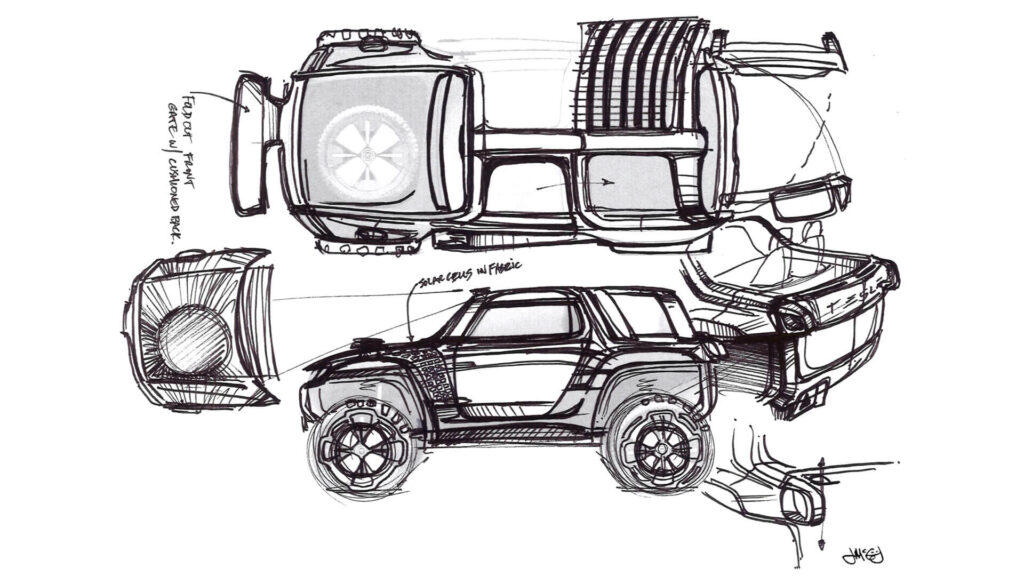
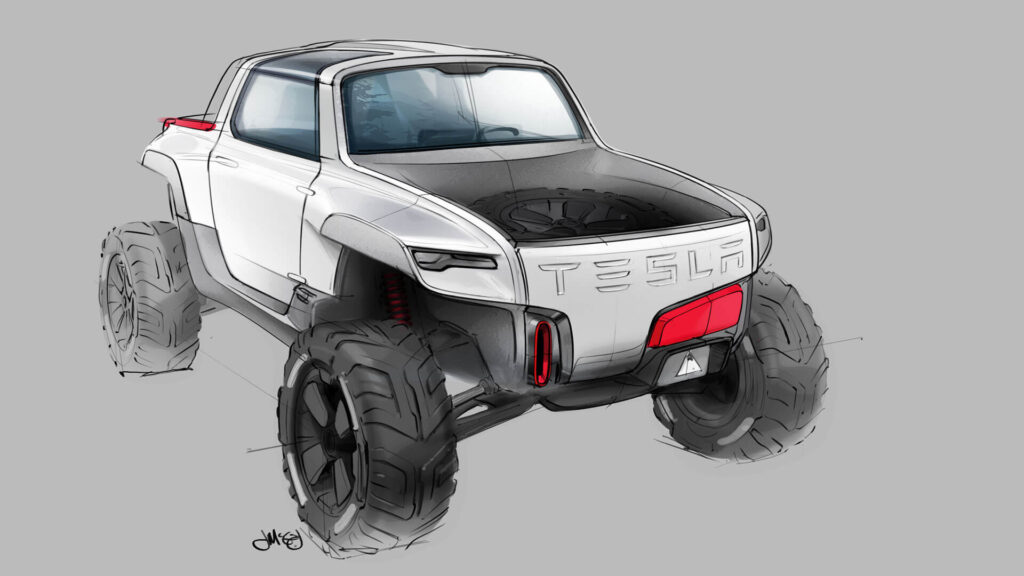
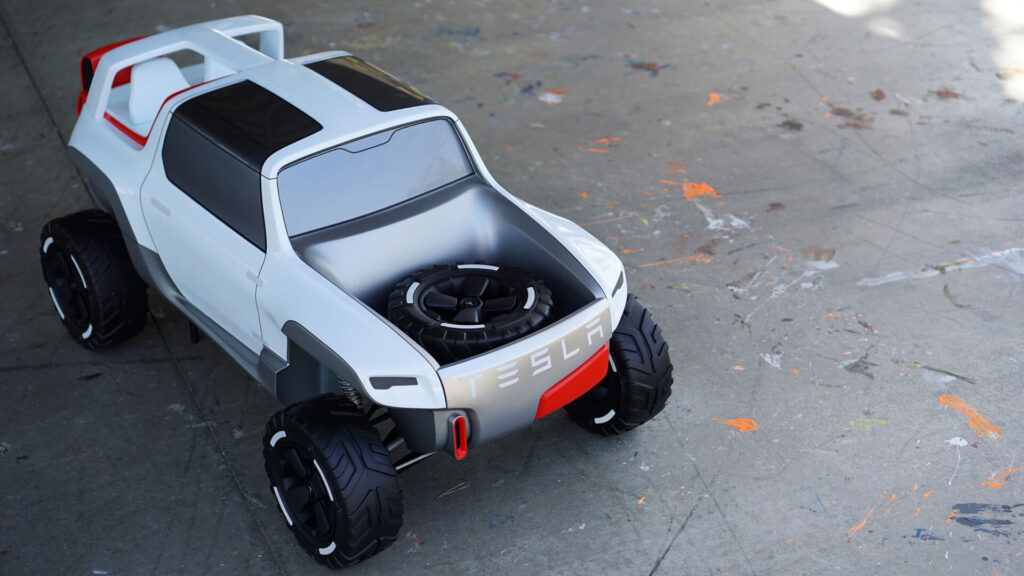
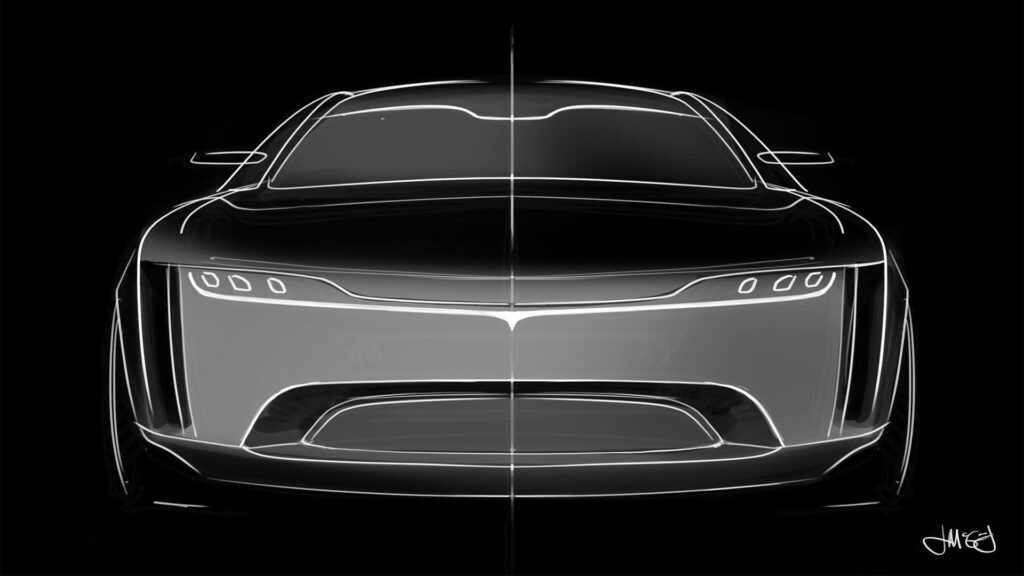
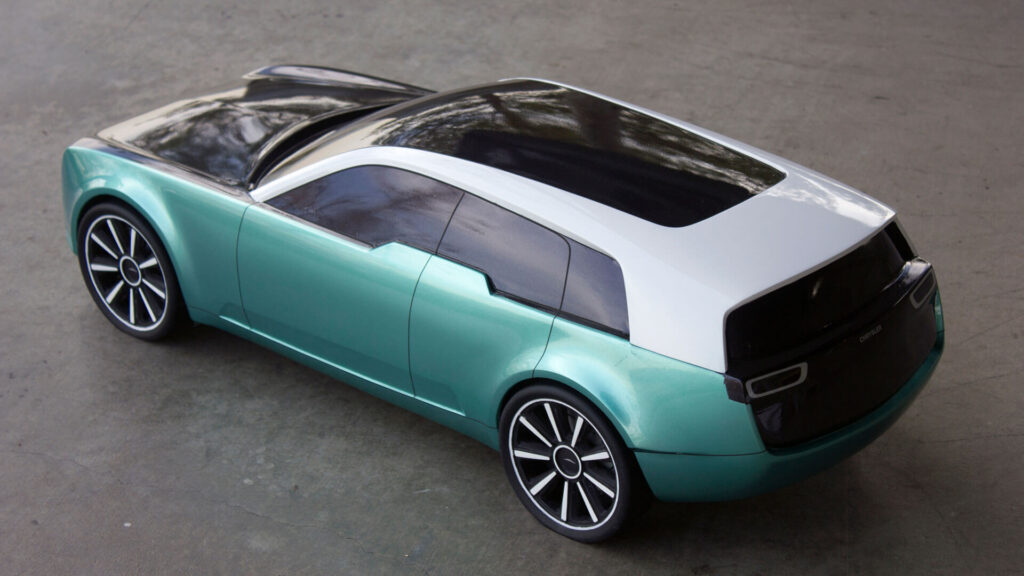
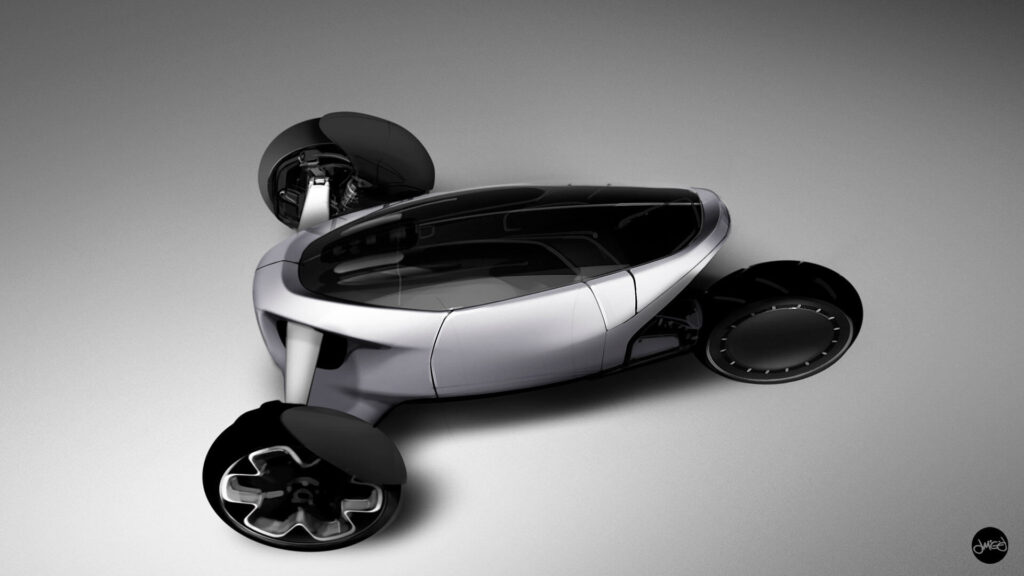
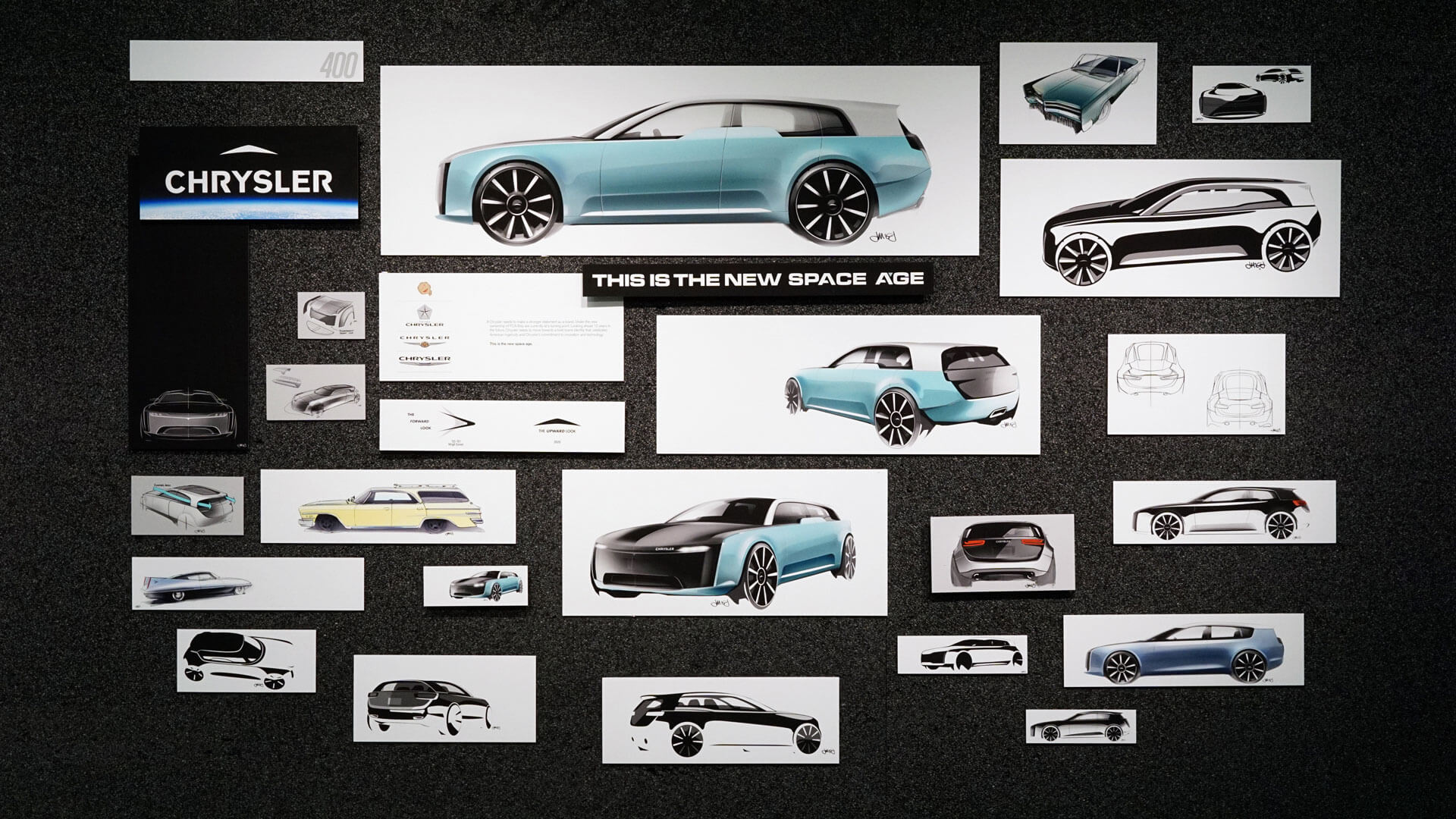
What was your first taste of designing an actual product that was slated to be manufactured and what sort of impact did that have in shaping your career?
Jason: I was really lucky to land a few internships while I was at ArtCenter. The first one I owe to ArtCenter instructor Bumsuk Lim (IYKYK) who called me up and gave me two hours to pull together a portfolio for Samsung Design America. I got to work out of their brand new San Francisco office on market disruptor concepts with 4 other interns in a glass conference room we affectionately called the ‘snake pit’. I had some amazing mentors there - Jeremiah Baker, Jeff Jones, and Howard Nuk. I got to sketch on their first bluetooth premium headphone program and ultimately supported Jeremiah Baker on what became the winning concept. About a year later it was on the market as the Samsung Level Over.
That experience taught me so much about storytelling and creating convincing images. The design competitions were run globally across multiple studios, and the winners were chosen in Korea. If the work didn't speak for itself and the story wasn't bulletproof, it wouldn’t hold up.
The next year I landed an internship at Teague’s Boeing Aviation Design Studio, which is where I met Brendan and Karen (founders of Play&Co). During my nine-month internship, I gained experience not just in transportation design, but also in designing for global populations, understanding interior spaces, and designing for an industry that has a lot of manufacturing and engineering constraints.
Teague's Aviation studio is located in Boeing's Everett, Washington rolling-line manufacturing plant, which is the largest building in the world by volume. On a typical walk in from the parking lot you’d see 787 wings undergoing flex tests, $40 million Rolls Royce engines going by on forklifts, and Lufthansa first class seat assemblies undergoing FAA inspection. It was mind-blowing to see an industry operate at that scale. And as luck would have it, I was there for the design phase of the next big program - the 777X.
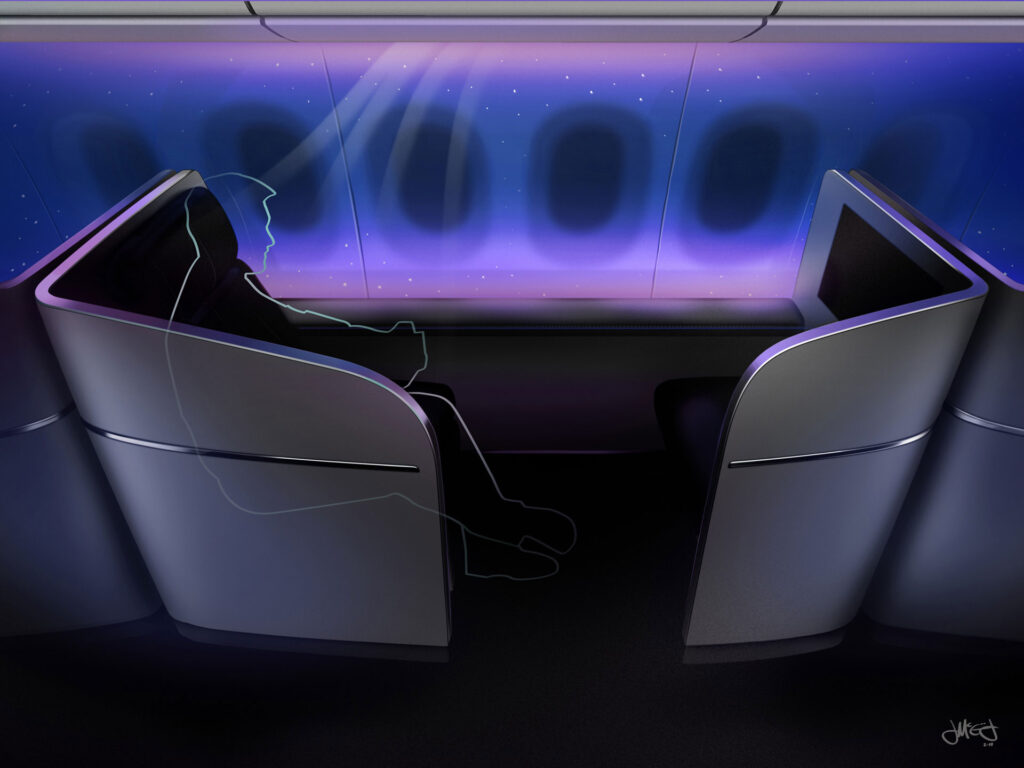
As part of a 12-person team led by Brendan (Creative Director) and Karen (Research and Strategy), we designed and defined the interior experience for the Boeing 777X, a twin-aisle aircraft that was due out in 2017. During the nine months I spent in aircraft interior design, I worked on everything from passenger service units (PSU) and advanced lighting systems to flight attendant seats. Brendan and Karen provided the space and scope for me to explore, learn, collaborate, and deliver compelling stories. Their leadership definitely left an impact.
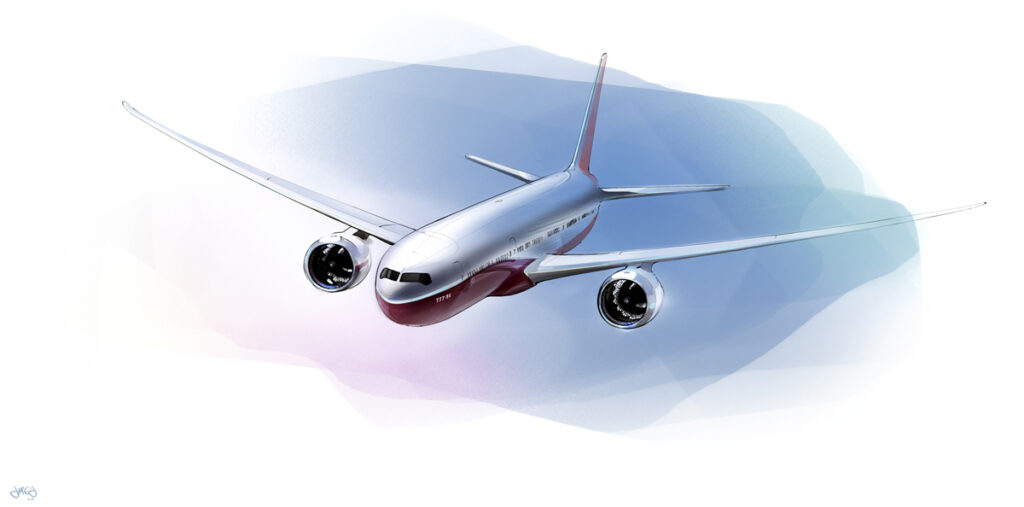
Even though my goal was to get into an automotive studio, my experience in other industries is ultimately what got me recruited to Tesla in 2015. I allowed myself to take on different design challenges rather than holding out for a car design internship. Had I not had those experiences I doubt I would have had the same answers to the questions Franz Von Holzhausen asked me in my interview.
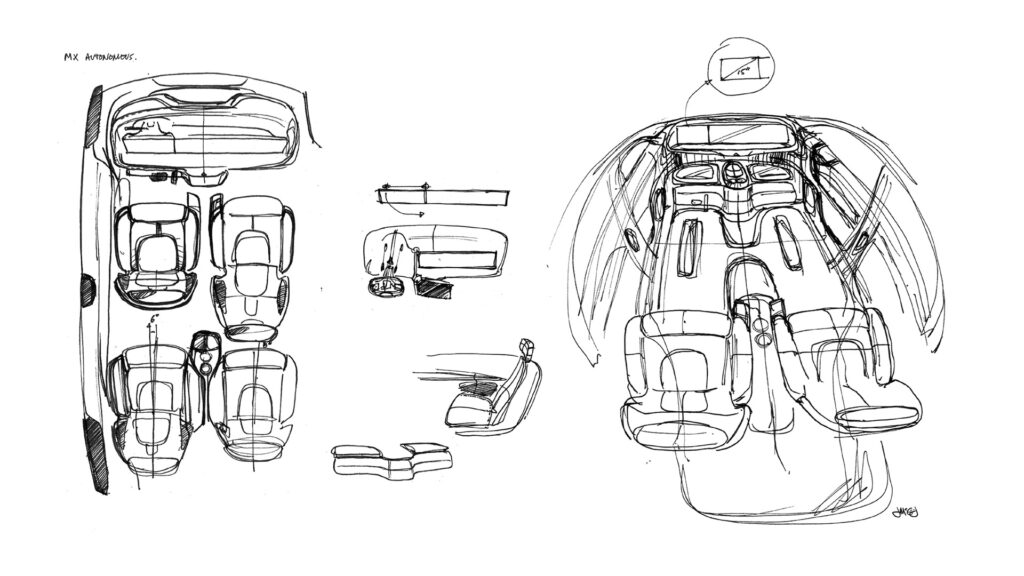
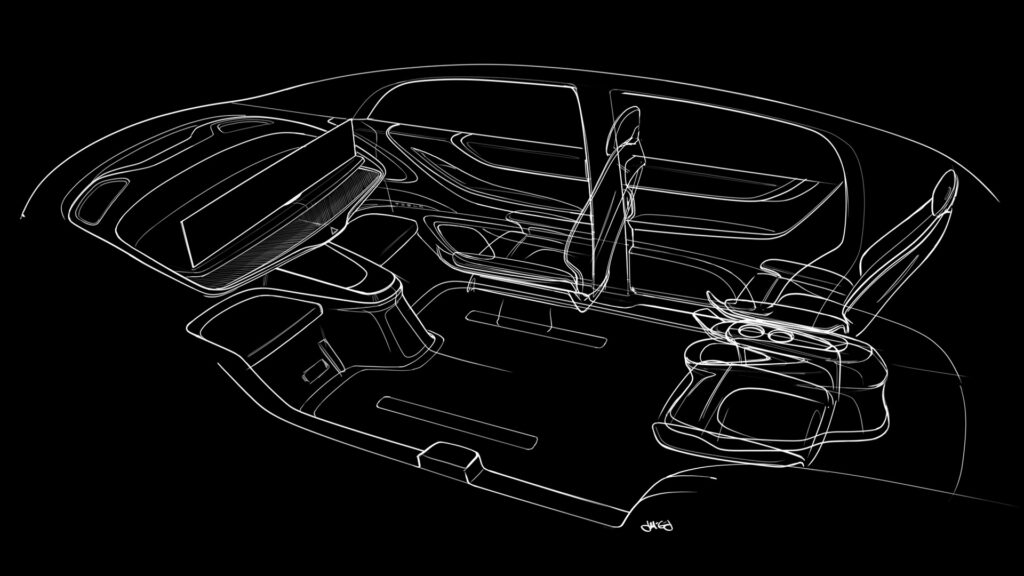
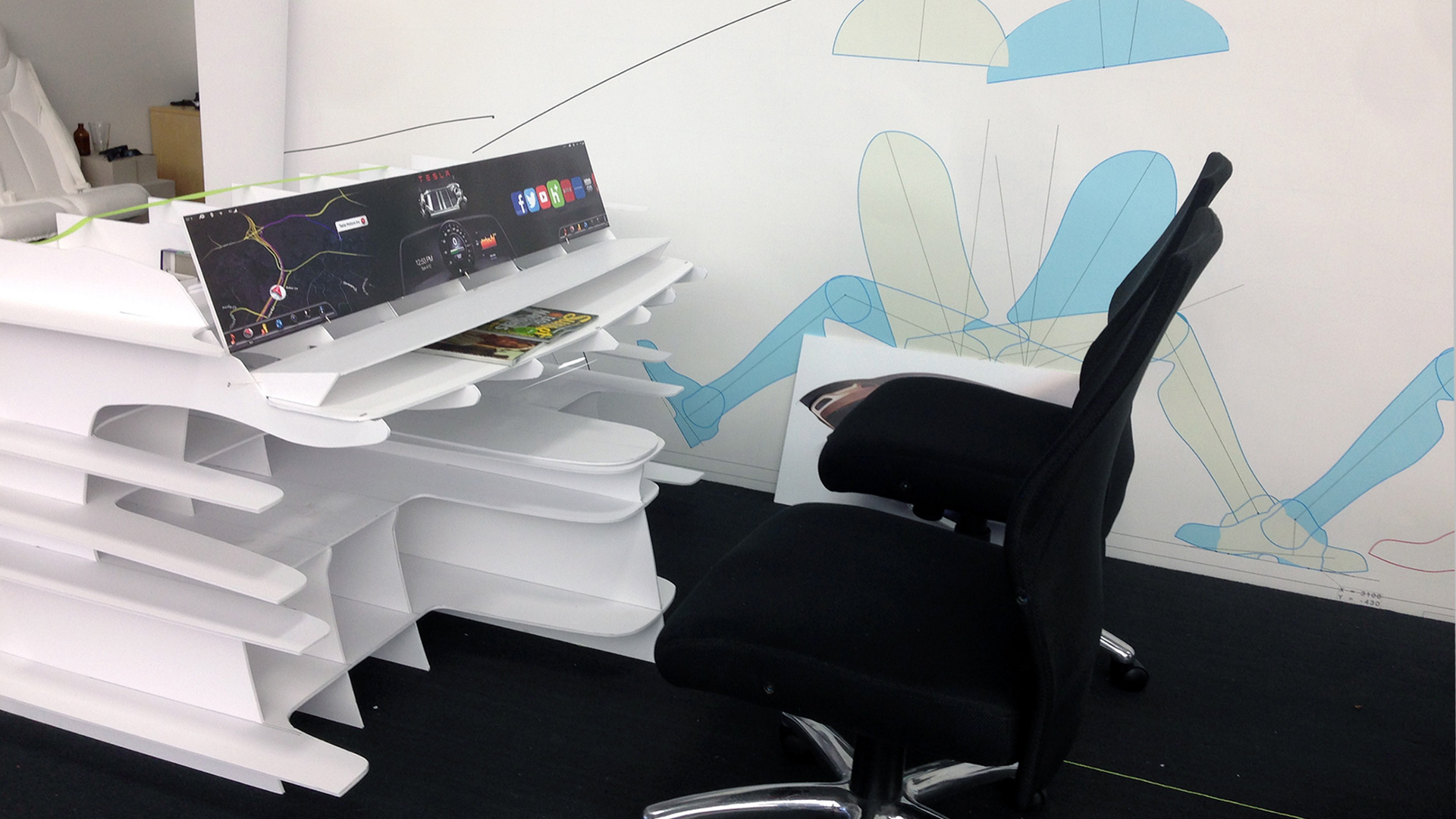
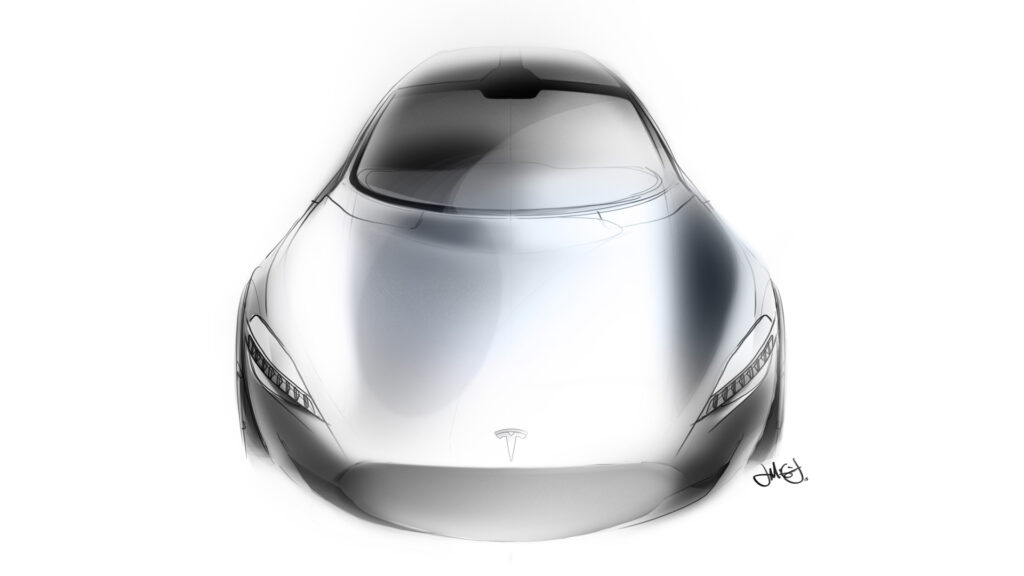
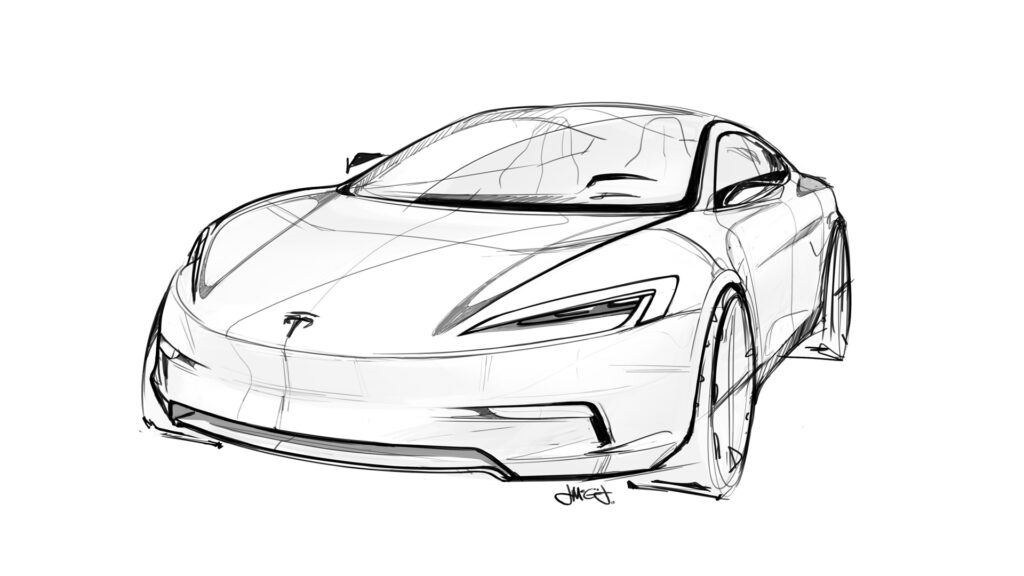
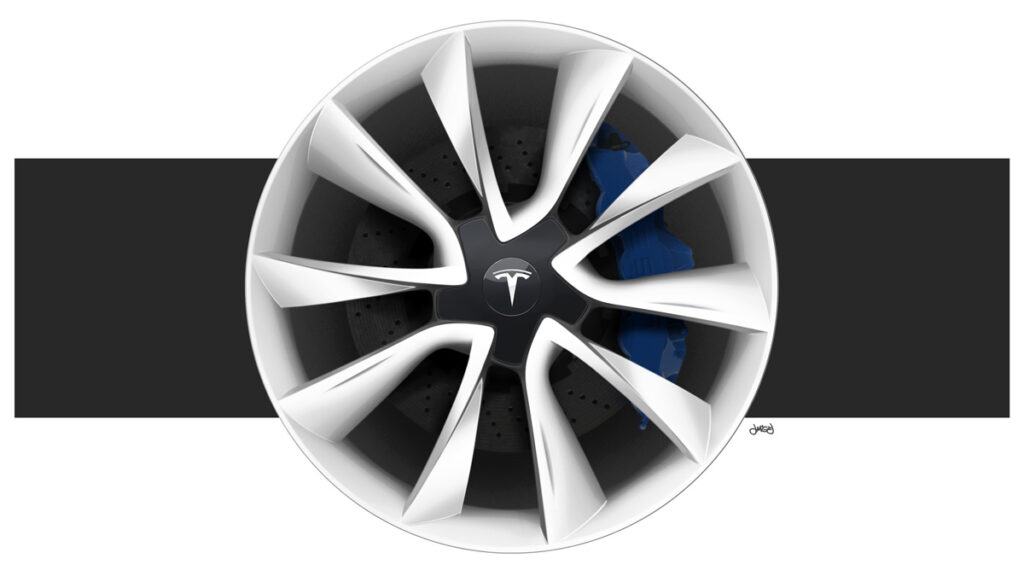
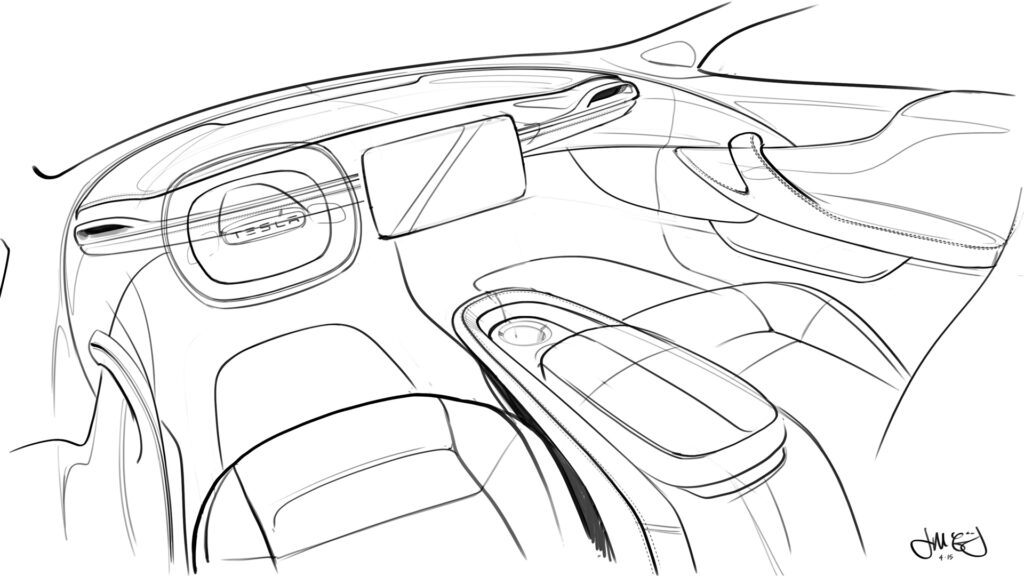
Let’s back up a little bit and talk about process. How do you approach the blank page when starting a new project?
Jason: Blank pages are scary. I prefer constraints because they force you to think creatively. I always approach a new project like an outsider. If you start a new project with assumptions or you might miss the real opportunity.
There should always be a design brief or key insights to get you started. You need to do your research - dive into the problem, insights, opportunity, industry trends. Look at comparable products, competitors, new technologies, manufacturing processes, materials, etc. until you either validate the brief or re-establish that brief with added insights that give you a scope of exploration and expectations to measure against. How do you know when you've solved something if you haven't defined what you're solving?
The next phase is exploration. This is where you gather inspiration. Experiment, fail, try out new things, evaluate, and have real dialogue about design and ideas. We always protect these front end phases. Depending on the project size or scope we’ll build those ideas into a full concept story or go further into developing CAD and renderings or animations.
The key, I think, is to always approach the problem with objectivity and focus on systems and methodologies that you can depend on to get from one step to the next.
Where do you look for inspiration?
Jason: Keeping up with the latest design stories around the world is just part of being a designer. It was easier back in the day when you had to wait for a new issue of Auto&Design magazine to see the latest car sketches and renderings. The Instagram and Pinterest echo chamber is difficult to keep up with, but you have to do your due diligence to stay fresh. Staying up to date on materials and manufacturing techniques never fails to spark new ideas. What’s always kept me fresh is looking at what’s happening in other industries.
Where do you see the landscape of industrial design heading in the not-too-distant future?
Jason: I believe that product design will undergo a major transformation in the next few years. People are seriously questioning the amount of consumption, production and waste in our daily lives, particularly in light of COVID and the logistical challenges that have affected every industry.
I also expect many industries are going to go the ‘platform’ route like we’ve seen in consumer electronics and electric cars. Platform-based solutions that bring brand, experience, and product together in one vertically integrated solution that disrupts industry leaders will start to appear in industries that aren't quote-unquote sexy. Solve it right once and slowly improve it over time. Look at smartphones or footwear as an example -- there's been a huge innovation push over the last 10-15 years, but that pace of progress is slowing down. I think we’ll see the next wave of innovation in areas most affected by climate change - housing, energy infrastructure, travel, food, and health.
As I see it, it's a matter of paring back and consolidating resources. If a few big players in each industry can design a product platform that solves the use case with an experience that’s effortless and a brand to stand behind, you’ll have top designers jumping into those industries to lead the charge.
What keeps you driven to design on a daily basis?
Jason: I'm constantly motivated by learning and solving new problems. If I look back at my journey over the past 10 years, I’ve been really lucky to enter each studio during a critical time of change and bring a fresh perspective from my previous experience. The skills I learned at Samsung I brought to aircraft interiors. The trends in aviation and modular systems very clearly influenced the work I did at Tesla during the design phase of the Model 3. At Tesla I found I wanted to learn much more about materials and manufacturing because those areas were unlocking the biggest opportunities. That desire landed me at Adidas Future innovation. The more I learned and the more tools I had at my disposal, the more I was able to challenge conventional thinking and bring impact at the next opportunity.
I find many young designers are feeling lost in the Instagram-dominated design world today. Finding the room to really solve problems is getting harder, but truly innovative ideas have a way of sticking around.
At Play&Co we’re building a space where designers can create, share ideas, explore, learn, fail, debate, and solve real problems. A compelling sketch can spark a conversation, but a truly great idea can last forever.
If you want to see more of Jason's work, hop on over to his portfolio site here.
